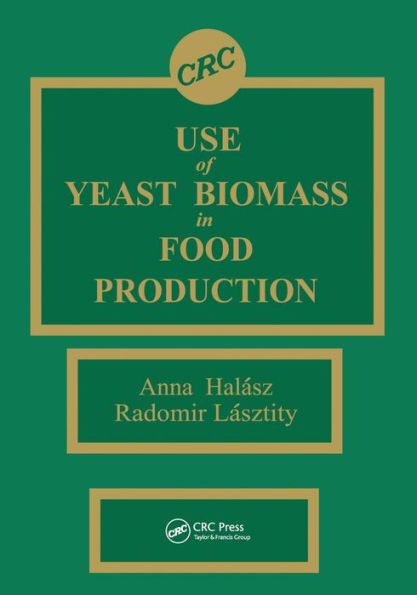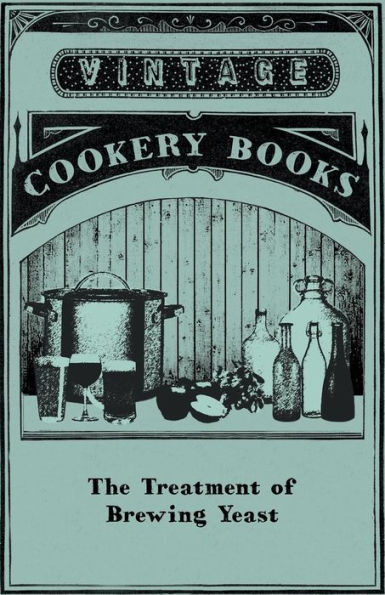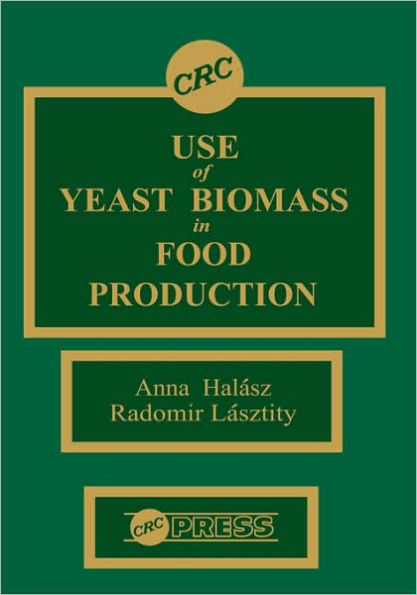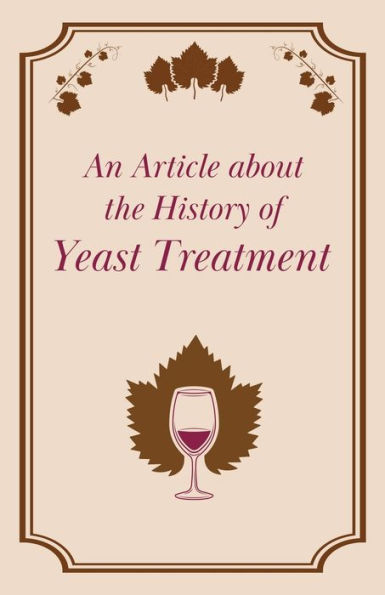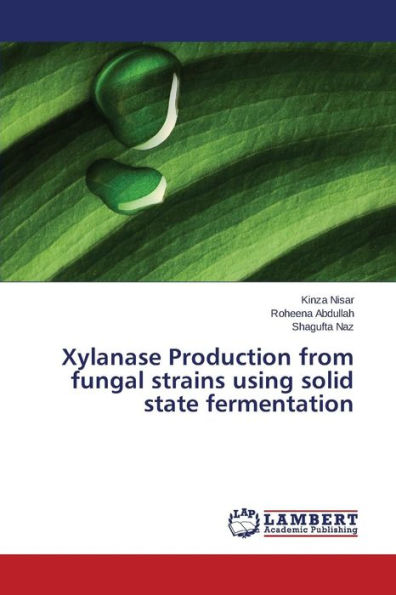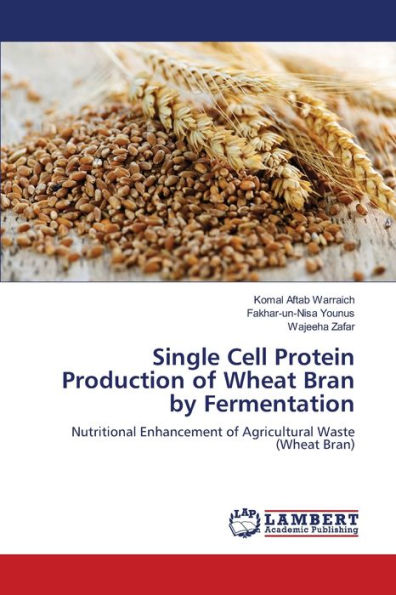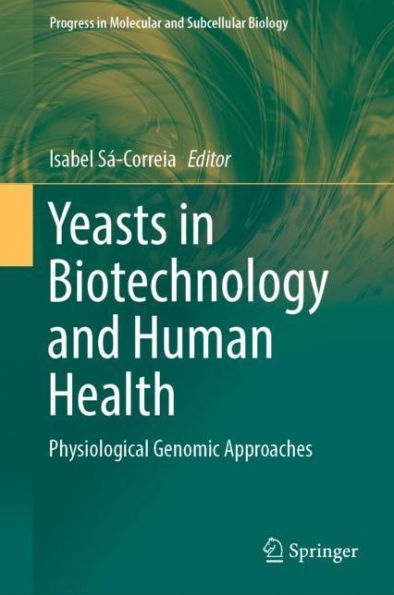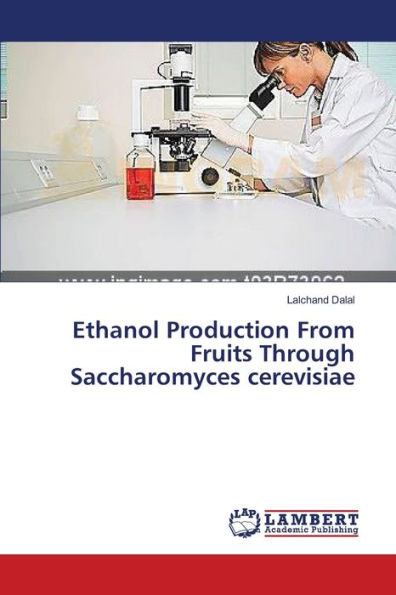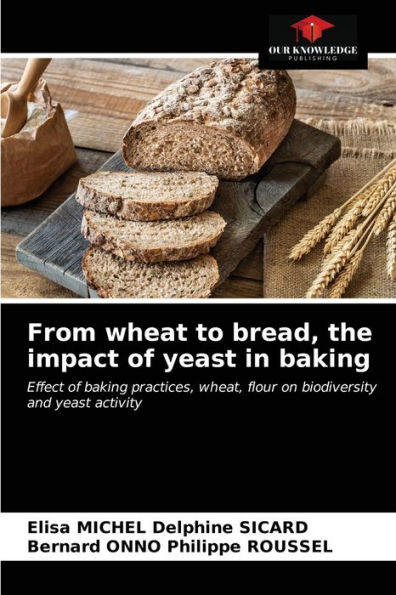Home
Novel Approach for Commercial Baker's Yeast Production


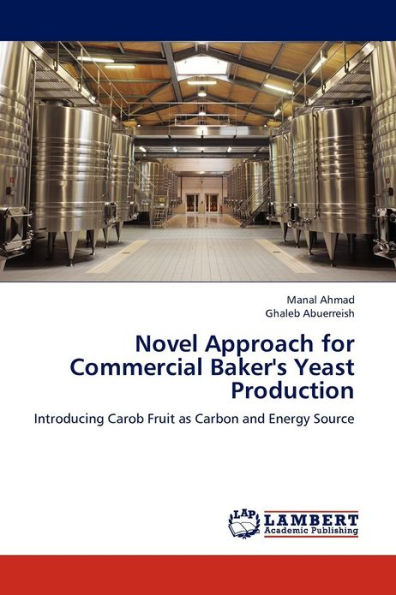
Novel Approach for Commercial Baker's Yeast Production
Current price: $52.92
Loading Inventory...
Size: OS
Production of Saccharomyces cerevisiae (S. cerevisiae) from carob pods was investigated. Different extraction conditions were examined. The best pulp: water (p:w) ratio was 1:5. Sugar, tannin and protein concentrations (g/100g) were 63.1±1.6, 0.4, and 0.2, respectively. The extractable material was 64.2%. The best mixing time was 2hr. Extraction time beyond 2hr did increase the concentrations of the extractable materials above. The optimal conditions of the method for preparation of the carob extract (CE) was using carob kibble particles at 0.5 to 1.0 cm diameter and 30-45˚C for 1-2hr. S. cerevisiae was grown on CE by fed-batch method at 32˚C and initial pH 5.5 and shaking at 300 rpm for 10 hr. The initial inoculum of the yeast suspension was 3% of the initial volume. The cellular optimal yield and yield coefficient were 12.6% and 0.27 g/g sugar utilized, respectively. Addition of 7.6mM ammonium sulfate, 4.4mM potassium dihydrogen phosphate, 0.9mM magnesium sulfate and 0.1mM calcium chloride decreased the yield of yeast by 50%. While addition of 0.05 mg biotin/L decreased the yield by 41%. The effect of aeration and continuous feeding on S. cerevisiae yield were studied on carob ex
